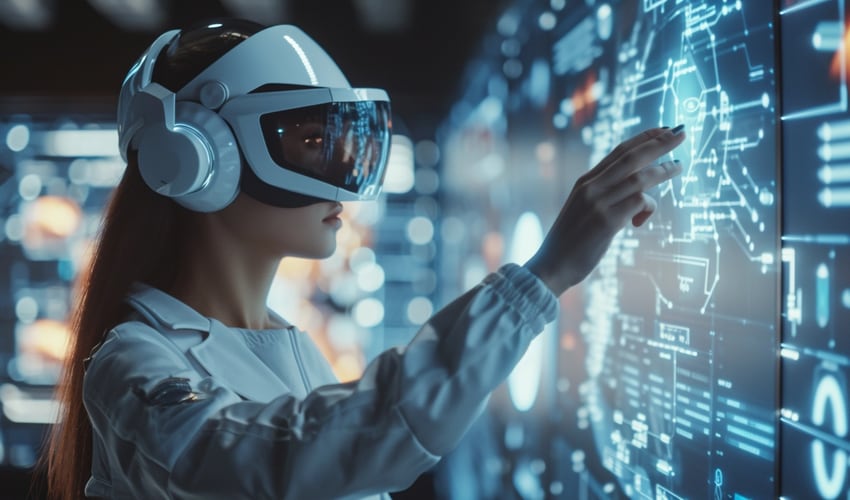In the AI era, interaction design truly comes into its own!
Many have come to realize that AI, particularly generative AI, has transformed the landscape of interaction design. However, most people’s understanding of this shift remains superficial, limited to perceiving it as a mere transition from visual-based to dialogue-based interactions. This view is incomplete. The change in interaction in the AI era is not just about the external manifestation of products; it’s more profoundly about the transformation of internal processes and logic. This represents a fundamental shift.
In the PC and internet era, what we called “interaction” was not genuinely interactive. Our actions on the screen, such as clicking buttons, were mostly single interactions, or more accurately, system responses. Even scenarios we refer to as multiple interactions, like filling out forms or traditional robotic chats, were essentially a series of one-off interactions.
In contrast, the AI era is defined by multi-round iterative interactions between products and users, embodying true interaction. This is essentially a collaborative process. For instance, ChatGPT, through a series of dialogues, gradually clarifies user needs and ultimately delivers the desired outcome. This iterative form of interaction is not limited to text. For example, Midjourney, an AI image generation application, obtains user feedback visually. It continuously offers a variety of image styles until it produces an image that satisfies the user. The entire process is a collaboration between the system and the user to accomplish a task.
This shift in internal logic also brings about changes in the metrics for evaluating interaction design. In the traditional software industry, interaction design metrics often revolve around efficiency, usability, and satisfaction. In the AI era, while these metrics continue to be relevant, we have begun to introduce other criteria in the realm of user experience to assess collaboration. Contextual awareness, continuity, and adaptability are now part of the evaluation standards. Personalization, creativity, as well as the transparency and adaptability of interactions have become new focal points.

